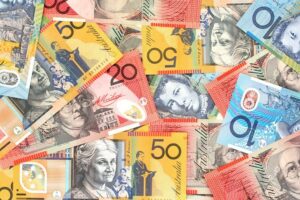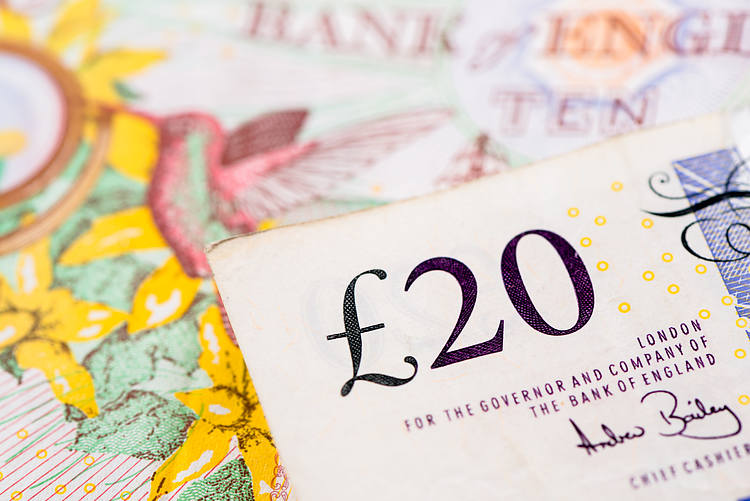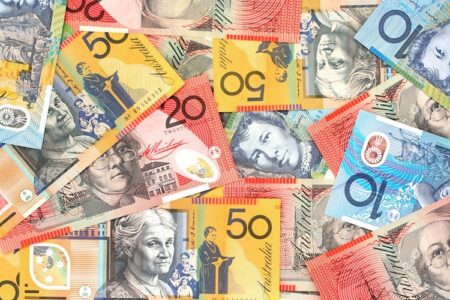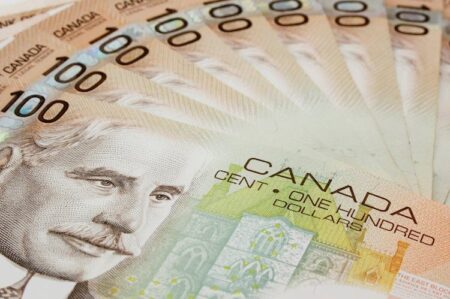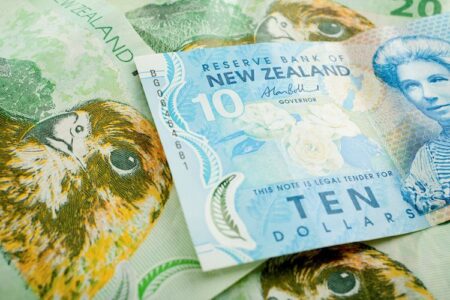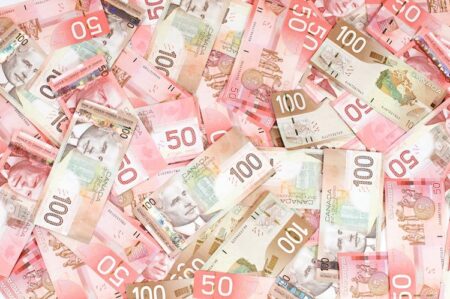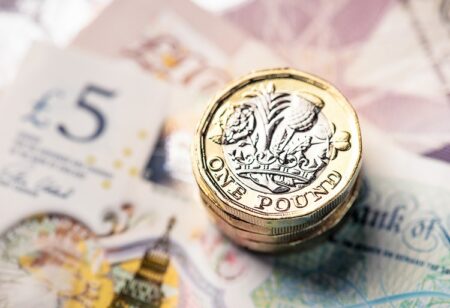- The Pound Sterling faces severe selling pressure as a sharp spike in UK gilt yields mirrors a weak economic outlook.
- Fears of persistent UK inflation and Trump’s tariff hike plans have pushed UK bond yields to their highest levels since 1998.
- Renewed US inflation fears have forced Fed officials to turn cautious on interest rate cuts.
The Pound Sterling (GBP) underperforms its major peers on Thursday due to a significant jump in the United Kingdom (UK) government’s borrowing costs. An intense sell-off in UK bonds has pushed 30-year gilt yields to 5.36%, the highest level since 1998. Typically, higher UK gilt yields boost the appeal of the British currency. However, the correlation is not legitimate at this point as a resurgence in inflationary pressures and potentially inflationary United States (US) President-elect Donald Trump policies have weighed on the UK’s economic outlook.
This has led to doubts over whether Chancellor of the Exchequer Rachel Reeves will fulfill its fiscal rules, including a non-negotiable commitment to avoid borrowing for day-to-day spending. However, a British finance ministry spokesperson responded that “No one should be under any doubt that meeting the fiscal rules is non-negotiable and the government will have an iron grip on the public finances,” Reuters reported.
A sudden spike in UK bond yields has raised concerns about whether the country will remain committed to funding public services and growth-boosting investments through bond selling without further raising taxes.
Meanwhile, the Bank of England (BoE) doesn’t appear to cut interest rates at a faster pace ahead as high inflation due to stubborn wage growth remains a limiting factor. Traders price in roughly 60 basis points (bps) interest rate reduction by the BoE this year, suggesting that there will be more than two rate cuts. However, analysts at Goldman Sachs said in a note this week that the BoE will cut interest rates in each quarter through the year. This suggests that the BoE policy rate could decline to 3.75% by the year-end.
Daily digest market movers: Pound Sterling weakens against USD ahead of US NFP
- The Pound Sterling declines below 1.2300 against the US Dollar (USD) in Thursday’s London session, the lowest level seen in over a year. The GBP/USD pair weakens as the USD performs strongly on the back of firm US bond yields as President-elect Donald Trump is expected to declare a national economic emergency to provide legal justification for a likely increment in import tariffs on the nation’s allies and adversaries, CNN reported.
- The US Dollar Index (DXY), which tracks the Greenback’s value against six major currencies, edges higher to near 109.25 but remains inside Wednesday’s trading range at the time of writing. The 10-year US Treasury yields trade close to 4.67%, the highest level since April 2024.
- Market participants expect that the US’s higher tariffs will boost demand for domestically produced goods and services, raising growth prospects, employment, and inflationary pressures. This scenario will force Federal Reserve (Fed) policymakers to remain cautious on interest rates for longer, which will be USD-positive.
- Recent Fed minutes from the December meeting also hinted that the disinflation process has stalled temporarily, forcing policymakers to signal fewer interest rate cuts for this year.
- Meanwhile, a sharp rise in the US ISM Services Prices Paid component of the Purchasing Managers Index (PMI) report for December shows that upside risks to inflation have renewed again. The data came in at 64.4, sharply higher from the prior reading of 58.2.
- Going forward, investors will pay close attention to the US Nonfarm Payrolls (NFP) data for December, which will be published on Friday.
Technical Analysis: Pound Sterling falls to over a year low below 1.2300
The Pound Sterling slumps to a more-than-a-year-low near 1.2250 against the US Dollar (USD) on Thursday. The GBP/USD pair faces a sharp sell-off after breaking below the January 2 low of 1.2350. The broader outlook of the Cable remains bearish as the 20-day and 50-day Exponential Moving Averages (EMAs) near 1.2510 and 1.2645, respectively, are declining.
The 14-day Relative Strength Index (RSI) drops sharply to near 30.00, suggesting a strong bearish momentum.
Looking down, the pair is expected to find support near the November 10, 2023, low of 1.2185. On the upside, the 20-day EMA will act as key resistance.
Pound Sterling FAQs
The Pound Sterling (GBP) is the oldest currency in the world (886 AD) and the official currency of the United Kingdom. It is the fourth most traded unit for foreign exchange (FX) in the world, accounting for 12% of all transactions, averaging $630 billion a day, according to 2022 data. Its key trading pairs are GBP/USD, also known as ‘Cable’, which accounts for 11% of FX, GBP/JPY, or the ‘Dragon’ as it is known by traders (3%), and EUR/GBP (2%). The Pound Sterling is issued by the Bank of England (BoE).
The single most important factor influencing the value of the Pound Sterling is monetary policy decided by the Bank of England. The BoE bases its decisions on whether it has achieved its primary goal of “price stability” – a steady inflation rate of around 2%. Its primary tool for achieving this is the adjustment of interest rates. When inflation is too high, the BoE will try to rein it in by raising interest rates, making it more expensive for people and businesses to access credit. This is generally positive for GBP, as higher interest rates make the UK a more attractive place for global investors to park their money. When inflation falls too low it is a sign economic growth is slowing. In this scenario, the BoE will consider lowering interest rates to cheapen credit so businesses will borrow more to invest in growth-generating projects.
Data releases gauge the health of the economy and can impact the value of the Pound Sterling. Indicators such as GDP, Manufacturing and Services PMIs, and employment can all influence the direction of the GBP. A strong economy is good for Sterling. Not only does it attract more foreign investment but it may encourage the BoE to put up interest rates, which will directly strengthen GBP. Otherwise, if economic data is weak, the Pound Sterling is likely to fall.
Another significant data release for the Pound Sterling is the Trade Balance. This indicator measures the difference between what a country earns from its exports and what it spends on imports over a given period. If a country produces highly sought-after exports, its currency will benefit purely from the extra demand created from foreign buyers seeking to purchase these goods. Therefore, a positive net Trade Balance strengthens a currency and vice versa for a negative balance.
Read the full article here


